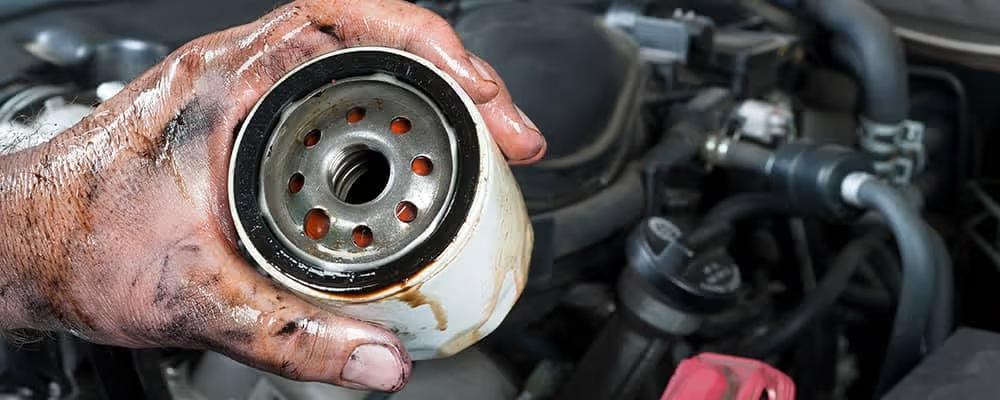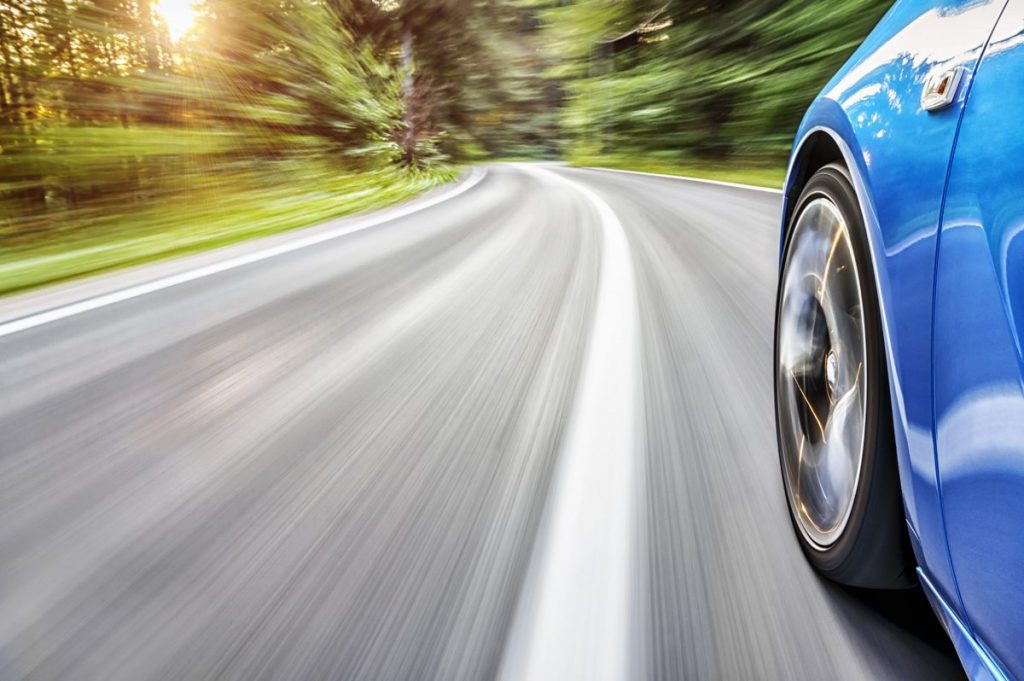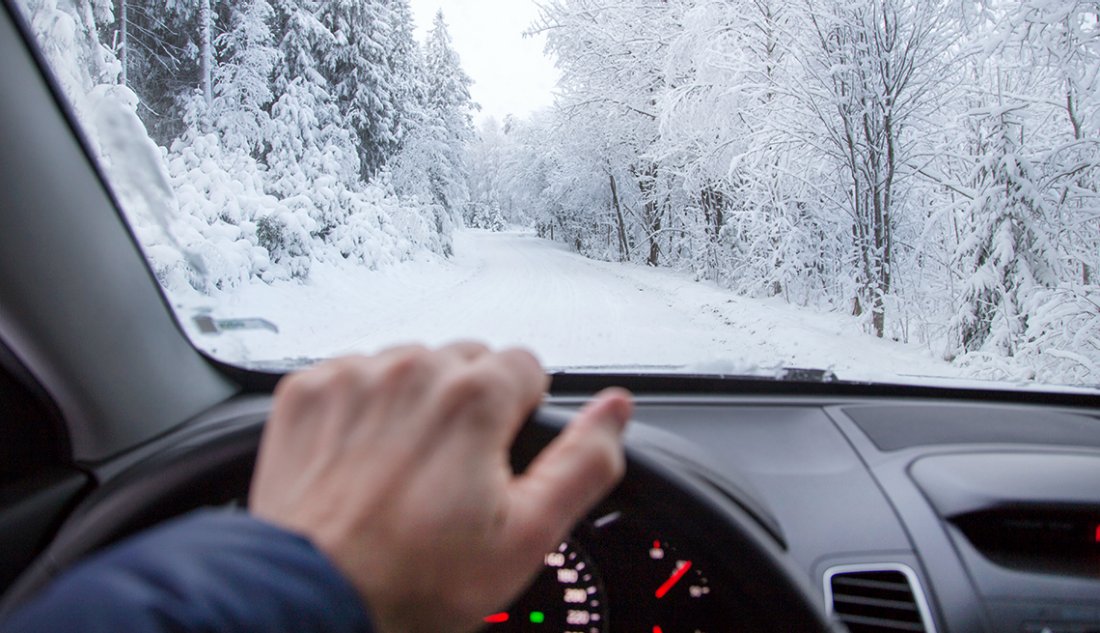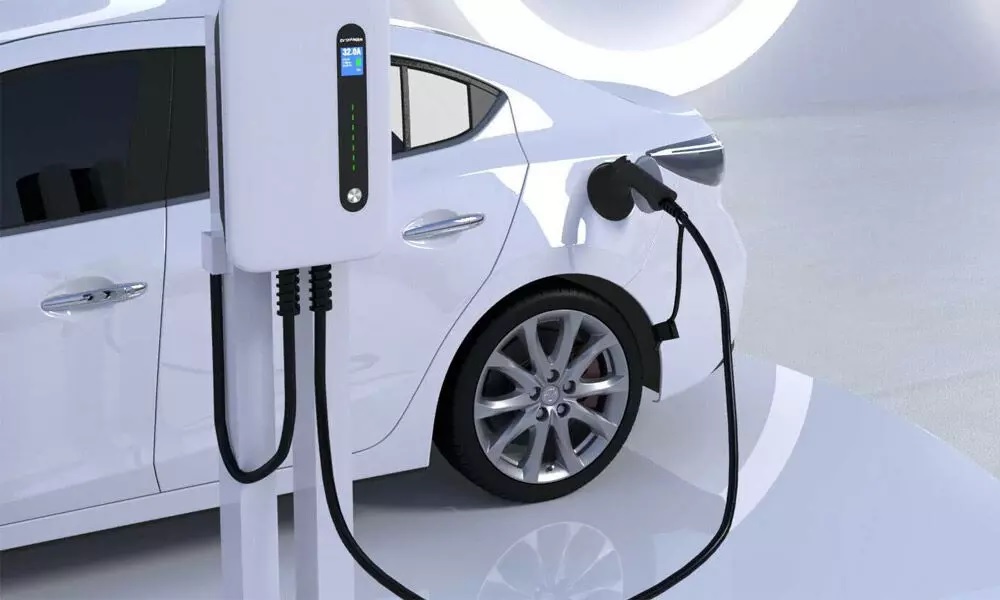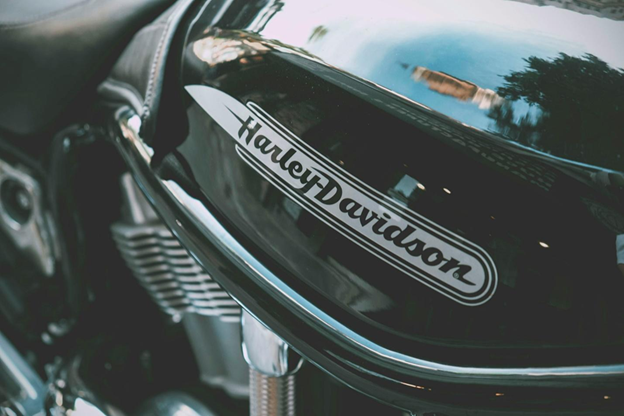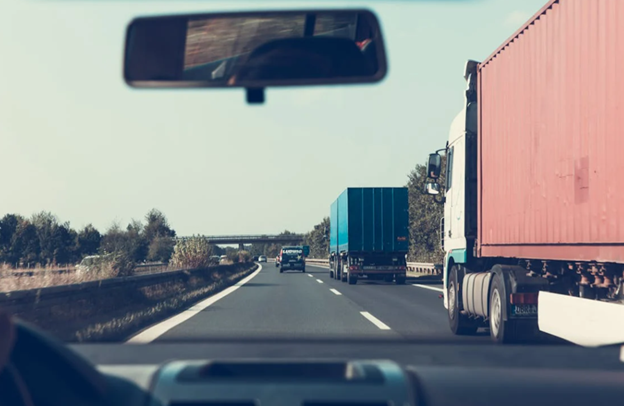Paint Protection Film (PPF) is a smart investment for keeping your car’s finish looking like new. It protects against rock chips, scratches, bug splatter, salt, and UV exposure—all without altering the appearance of your vehicle. But how much should you expect to pay for professional installation?
The answer depends on several key factors, including the type of film, vehicle coverage area, installer expertise, and brand reputation. Let’s break down what goes into PPF pricing and how to evaluate value beyond the sticker price.
What Affects the Cost of PPF Installation?
1. Coverage Area
The most significant factor in PPF pricing is how much of your vehicle you want protected.
- Partial Front (bumper, part of hood/fenders, mirrors): $500–$1,000
- Full Front (bumper, full hood/fenders, mirrors, headlights): $1,200–$2,000
- Full Vehicle Wrap: $4,000–$7,000 or more depending on vehicle size and complexity
Larger vehicles like SUVs or trucks may cost more due to increased material use and labor time.
2. Type and Brand of Film
Not all PPF is created equal. Entry-level films may cost less but typically offer shorter lifespans, less clarity, or minimal self-healing capabilities. Premium options like Proshield paint protection film feature hydrophobic coatings, long-term warranties, and superior clarity.
Proshield PPF is known for:
- Excellent optical transparency
- Self-healing topcoat
- Stain resistance
- Long-term durability (up to 10 years)
While the material may be priced higher, it adds greater value over time by reducing the need for repainting or repairs.
3. Installer Experience and Certification
The installer’s skill plays a huge role in the final result. Certified professionals using advanced tools can ensure flawless application—particularly around complex curves, edges, or recessed areas. Expect to pay more for a shop with strong reviews, warranty support, and manufacturer backing.
4. Vehicle Shape and Condition
Some cars are more labor-intensive due to sharp angles, wide panels, or tight crevices. Exotic cars and vehicles with large grilles or sharp creases require more detailed work, which raises labor costs.
Surface preparation also matters—if your paint requires correction (polishing, decontamination), it will increase the overall cost of installation.
What’s Typically Included?
A professional PPF installation should include:
- Vehicle wash and paint decontamination
- Surface prep and possible polishing
- Custom or pre-cut film application
- Edge wrapping where possible
- Post-install inspection
- Warranty coverage (material and labor, depending on installer)
Ask for a breakdown of each component to compare pricing between installers accurately.
Are DIY Kits Cheaper?
While DIY kits exist, they’re not recommended for full or complex applications. PPF is delicate and unforgiving—mistakes can lead to bubbles, peeling, or poor adhesion. Even experienced detailers opt for certified installations when it comes to long-term paint protection.
How to Maximize Value
- Bundle with ceramic coating: Some shops offer discounts when combining PPF with ceramic protection for non-covered panels.
- Protect high-impact areas first: If a full wrap isn’t in your budget, start with front-end protection.
- Look for warranties: A 7–10 year warranty from a reputable brand like Proshield ensures peace of mind.
- Maintain the film properly: Regular washing and avoiding harsh chemicals help extend film life.
Conclusion
PPF installation costs can range from a few hundred to several thousand dollars, depending on how much of your vehicle you want protected and the quality of the film and workmanship. While high-end options like Proshield paint protection film may cost more upfront, they offer exceptional durability, clarity, and long-term savings by preserving your car’s finish and resale value.

